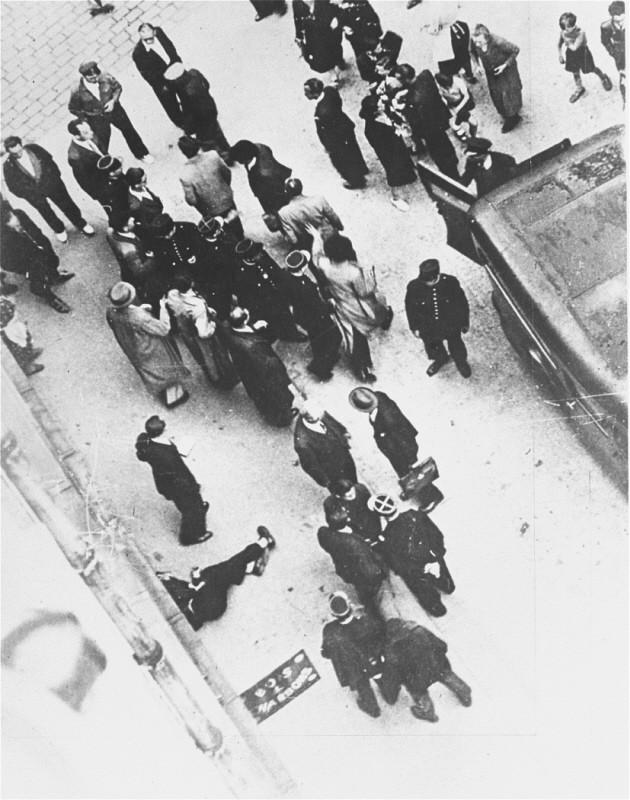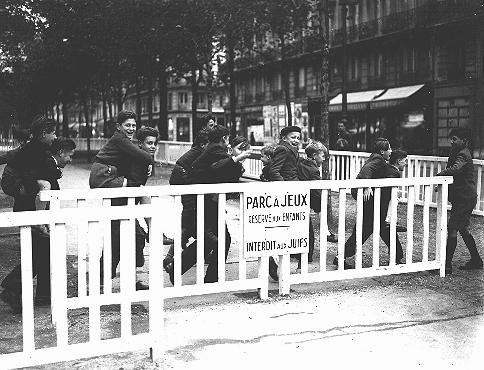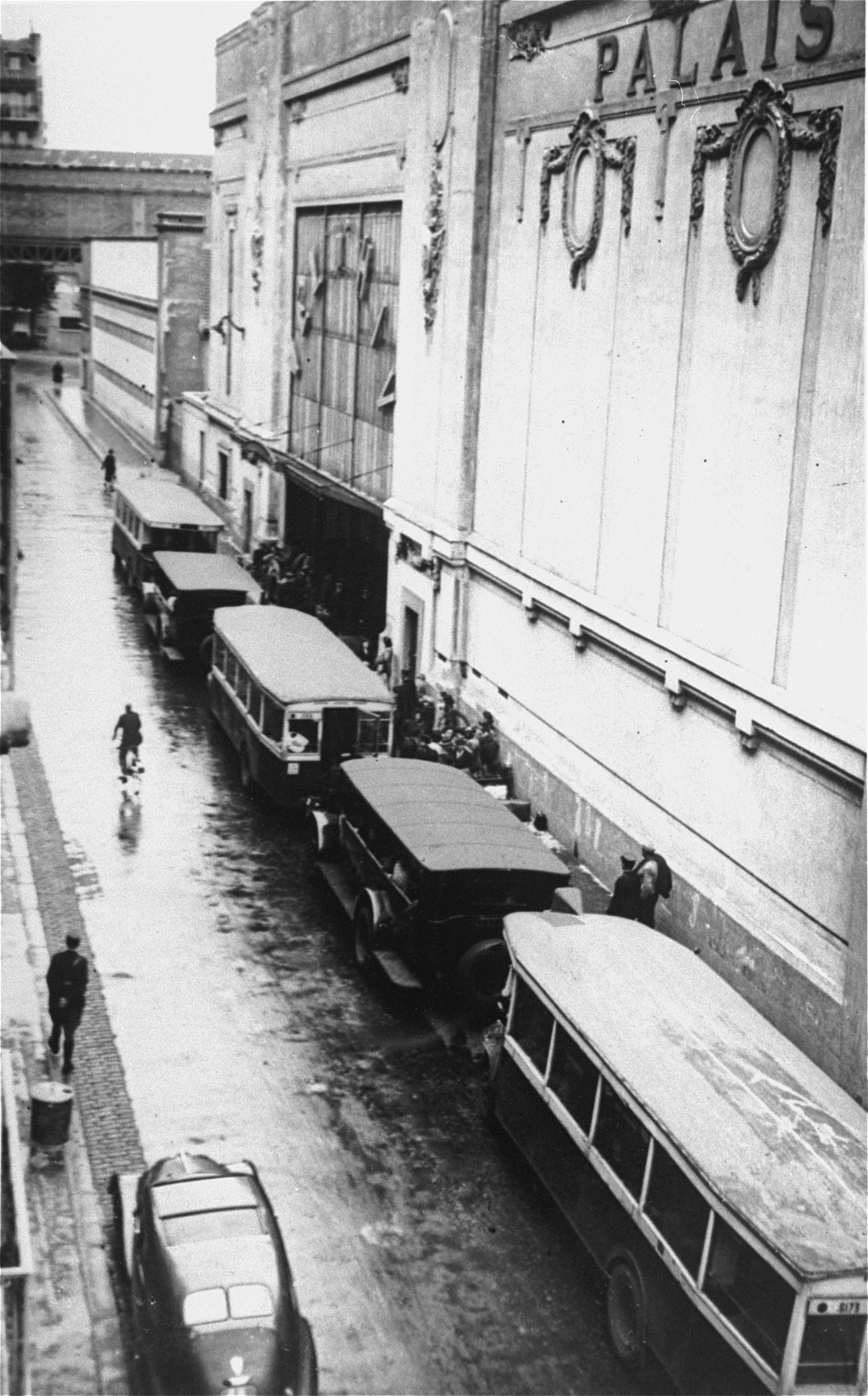
Paris
When the Germans invaded France in May 1940, about 175,000 Jews resided or had found refuge in Paris. Many initially left the city, only to return after the armistice was signed in June and Paris became the seat of the German military administration. The majority of Parisian Jews lived in the 4th, 11th, 18th, and 20th districts. By late September 1940, a German census registered 150,000 Jews in Paris, including 64,000 foreigners.

The persecution of Jews in Paris began in October 1941, when the Nazis bombed six synagogues and one Jewish prayer house in the city. German Security Police official Theodor Dannecker, the SS "Jewish expert," ordered the centralization of Jewish organizations, "Aryanization" or transfer to non-Jewish ownership of Jewish businesses, and several other anti-Jewish measures. During 1940-1941, the Germans arrested 10,000 Jews in Paris. About the same number fled the city to the unoccupied zone in the south. In 1942 the Germans began systematic deportations of foreign and stateless Jews from Paris to the Drancy, Beaune-la-Rolande, and Pithiviers transit camps. French police assisted in the roundups for these deportations. From these locations, German authorities deported the Jews to killing centers.

In June 1942, Jews in Paris were ordered to wear yellow Star of David badges for easy identification. In mid-July, the French police concentrated 13,000 Jews in the Vélodrome d'Hiver sports arena in south-central Paris. After being held there for days without food or water, these Jews were deported via Drancy to Auschwitz-Birkenau. While thousands of Jews went into hiding, nearly 30,000 Jews were deported from Paris during 1942. By mid-1943, 60,000 Jews remained in the city. The Germans began to deport Jewish residents of orphanages, nursing homes, and hospitals. Early in 1944, the Germans also began to deport Jewish citizens of France as well.
Thousands of Jews hid in Paris or fled Paris to hiding places in the French provinces. Thousands more fled to neutral Spain, Portugal, or Switzerland. At least 3,000 Turkish, Hungarian, and Italian Jews were repatriated. Many Jews joined the French resistance. Parisian Jews were aided by a variety of Jewish clandestine and semi-clandestine organizations, including the Communist "Solidarite," the Bundist "Amelot," the OSE (Oeuvre de Secours aux Enfants; Children's Aid Society), and various underground Zionist groups.
Allied forces liberated Paris on August 25, 1944. At least 50,000 Parisian Jews, most of them foreign-born, had been deported and murdered.
Critical Thinking Questions
- What pressures and motivations might have led individuals and institutions to collaborate with the Germans?
- Research Parisians who rescued Jews. What pressures and motivations may have influenced their decisions?
- Learn about the lives of the Jews in Paris before World War II.

